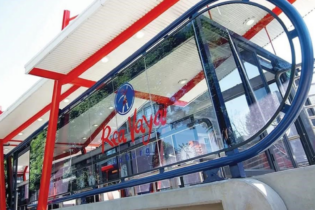R1.8 billion is the going rate for the old Durban International Airport, which is being purchased in a deal between Transnet and the Airports Company of South Africa.
Transnet have secured the deal to buy the airport which will be transformed into a multi-billion rand dug-out port. Hundreds of jobs will be created and the project should be completed by 2019. Mkhize said the port will give the province a competitive edge. “We have Durban as the busiest port on the continent and Richards Bay managing the biggest volumes of cargo in South Africa. With the addition of the dug-out port, we have an important strategic asset,” said Mkhize.Trade between provinces within the country as well as countries outside of the African continent and neighbouring African countries will be possible with the transportation and freight logistics facilities available at the port. This will also create great investment opportunities for Kwazulu -Natal. “KZN’s competitive edge is thus greatly enhanced and the speed in the roll-out of these developments is encouraging,” said Mkhize, adding that they are planning an Automobile Supplier Park around the dug-out port.
The Park will assist in greatly increasing the competitiveness and production of the Country’s automobile industry as vehicle parts will be manufactured there.
Mkhize said the dug-out port, together with the new Dube Trade Port, will increase Kwazulu- Natal’s capacity for exporting and importing goods which will have a positive effect on the county’s economy.
“The principal component of the Dube Trade Port is a new international passenger and cargo airport, but it is the new facility’s proximity to the harbours of Durban and Richards Bay that give it the edge as a transport and logistics hub.” “Rail and road links up and down the coast to these two major seaports will make it easy to switch cargo between different modes of transport. Large quantities that arrive by sea can be dispersed in disaggregated volumes at speed by air.” Looking into the future, Mkhize said the main strategic goal was to ensure that the province’s automotive industry doubles its size in the next decade, and that it becomes a leading exporter of vehicles.







